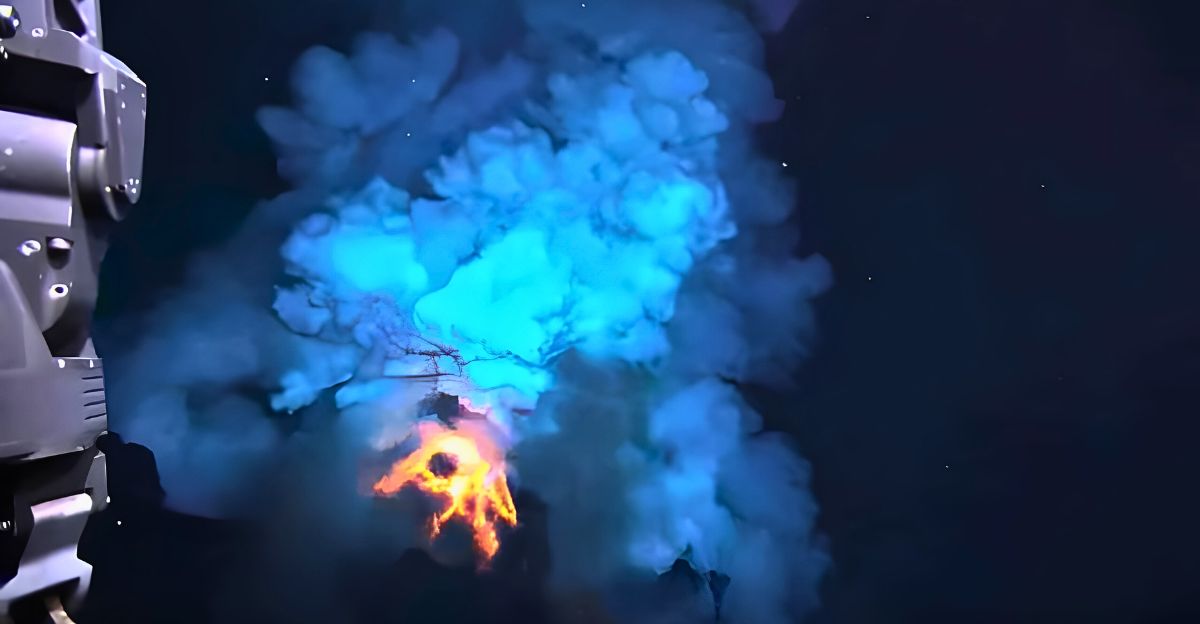
Scientists have detected increased seismic activity beneath the Pacific Ocean, about 700 miles northwest of San Francisco and 300 miles off the Oregon coast. The area has experienced hundreds, if not thousands, of small earthquakes per day recently, indicating magma accumulation under the seafloor.
The ocean above the volcano has remained calm, like nothing is happening, but instruments deep below the surface of the water prove otherwise. The heightened activity in the area has put researchers on high alert as they closely monitor these signals.
As one of the best-studied underwater volcanoes, each eruption offers valuable insights, and researchers can’t wait to see how this one might reshape our understanding of deep-ocean volcanism. But what effects will this eruption have on California and the wildlife surrounding it?
The Science of Seafloor Volcanoes

Underwater volcanoes are some of the most mysterious and powerful structures on Earth. Unlike land-based volcanoes, they are hidden under miles of water, which has made them extremely difficult to study. Over the years, scientists have used various instruments, including seafloor seismometers, pressure sensors, temperature probes, and underwater cameras, to monitor changes in the seafloor, tracking inflation, seismic tremors, and temperature spikes.
These incredible volcanoes usually form at tectonic boundaries or hotspots, where molten rock from the Earth’s mantle pushes upward, creating new crust. Despite how remote they are, these eruptions are extremely important to the planet as they shape ocean basins and support unique ecosystems. But does the current eruption pose any risks to California?
Swelling and Shaking
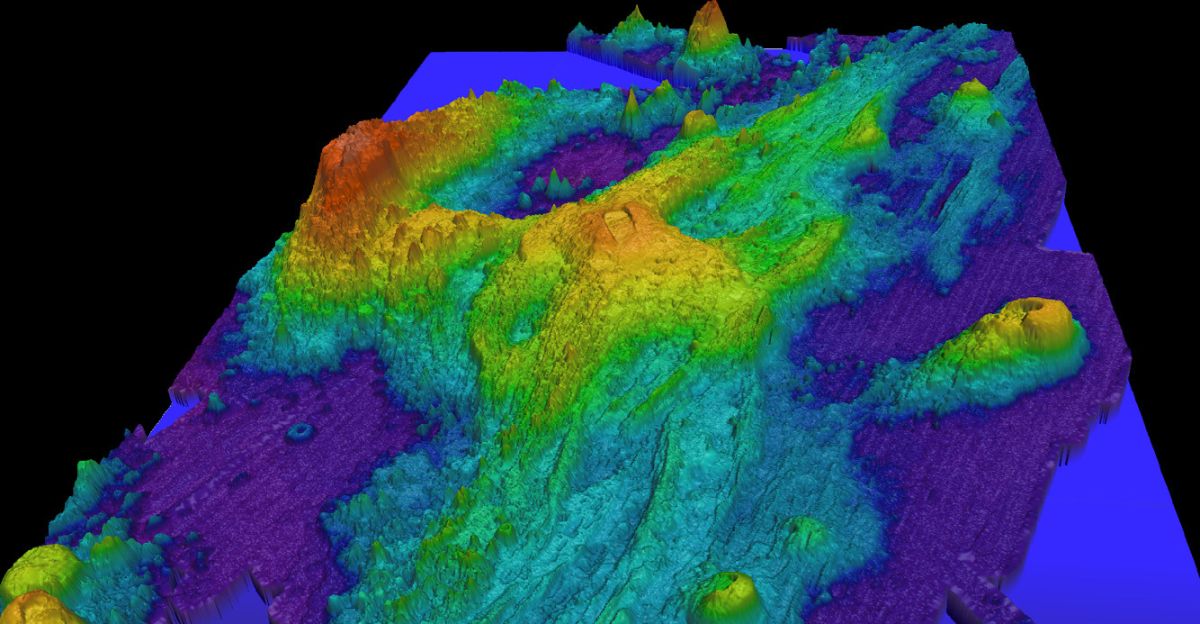
For the last while, researchers noticed that the volcano’s summit has been rising, which means that magma is accumulating below. Scientists have recorded small earthquakes in the area, sometimes reaching over a thousand tremors per day. The volcano’s current inflation levels have surpassed those recorded before its last eruption in April 2015.
These signals mean that molten rock is forcing its way upward, straining the crust. This matches what researchers saw before previous eruptions, which is why they are confident that a new event is approaching.
Axial Seamount
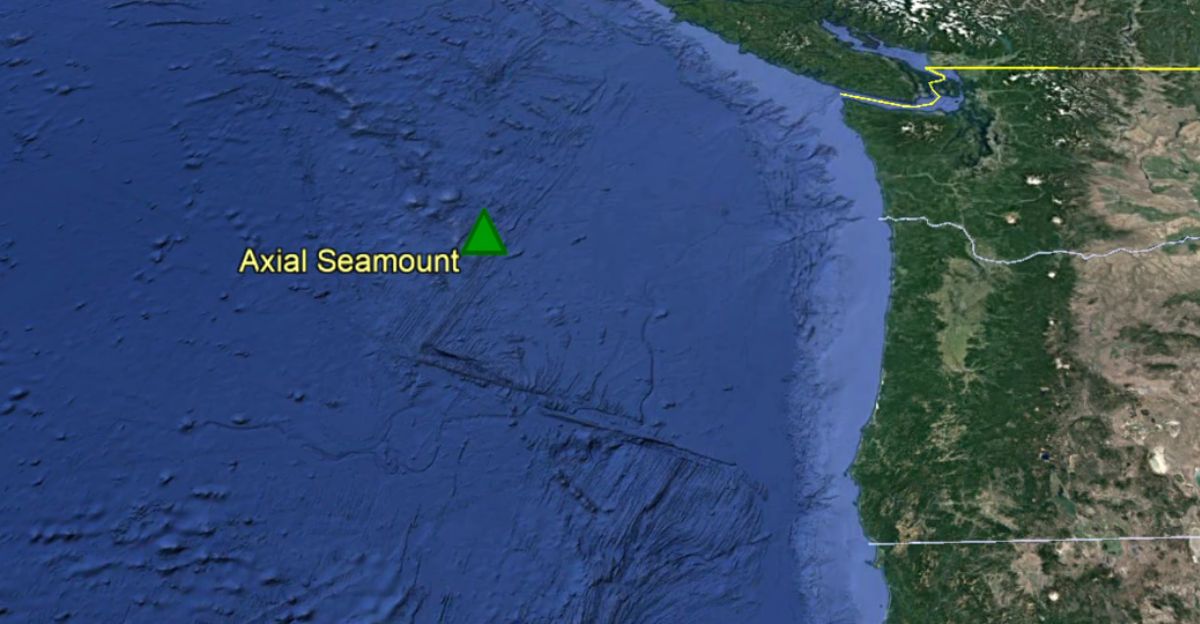
The volcano in question is Axial Seamount, the most active undersea volcano close to California and the Pacific Northwest. This magnificent structure is located just 300 miles off the Oregon coast and is almost a mile beneath the surface of the ocean. It has erupted three times in recent decades: 1998, 2011, and 2015.
It sits on top of the Juan de Fuca Ridge, where tectonic plates are moving apart, steadily fueling volcanic activity. Scientists have been keeping a close eye on Axial Seamount, waiting for its next eruption. But what does this eruption mean for California?
No Threat to California

Thankfully, despite its proximity to California, Axial Seamount poses no danger to people or coastal communities. This volcano’s eruptions are non-explosive; instead, much like Hawaiian volcanoes, lava oozes out of it.
Axial Seamount’s depth and distance mean that even if it had a major eruption, it would go unnoticed on land. Despite this, scientists are still excited about the event, as it offers a rare opportunity to observe geological processes that are usually beneath the waves and to test new eruption forecasting techniques. But what does this eruption mean for the wildlife surrounding the volcano?
The Deep-Sea Wildlife
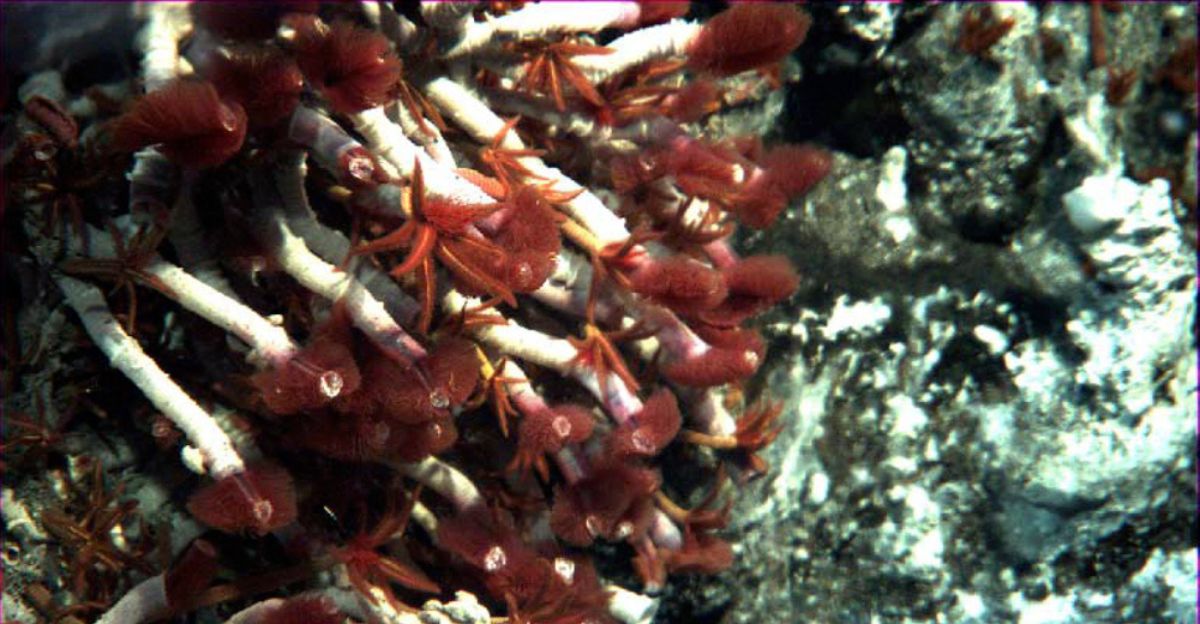
This eruption will likely have significant effects on the surrounding deep-sea wildlife. It will release heat and minerals into the ocean that will fuel hydrothermal vents, creating unique habitats that will be rich in nutrients. These vents support many communities, including microbes, tube worms, crabs, and other specialized species.
The eruption’s lava flow will likely temporarily scorch these ecosystems, but deep-sea life rebounds quickly, showing its remarkable resilience. This natural cycle of destruction and rebuilding creates healthy and vibrant ecosystems that survive in harsh conditions, giving scientists important information about life’s adaptability in the deep ocean.
The Mechanics of Eruption

When this volcano erupts, magma usually quickly rises through the crust, breaking through within hours. Lava then flows to the sea floor, spreading across the caldera, sometimes traveling up to 25 miles.
During the eruption, the area is affected by intense seismic activity, with past events sometimes reaching up to 10,000 earthquakes in a single day during peak eruptive phases. As the magma escapes, the seafloor drops, and the eruption slows down over the course of about a month.
Monitoring the Unseen
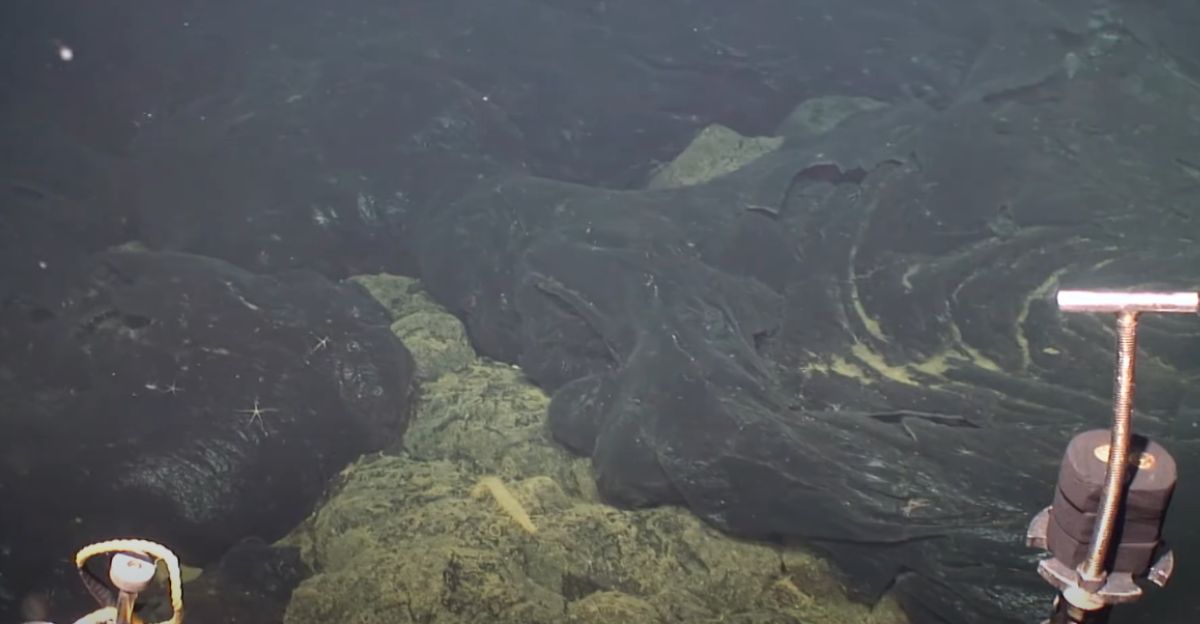
Axial Seamount is constantly being monitored by a variety of sensors, cameras, and underwater observatories, which are all part of the Ocean Observatories Initiative.
Thanks to this technology, scientists can track seismic activity, measure seafloor movement, and even live stream future eruptions. This data advances eruption forecasting and teaches us more about oceanic crust formation and the dynamics of Earth’s interior.
What Comes Next?
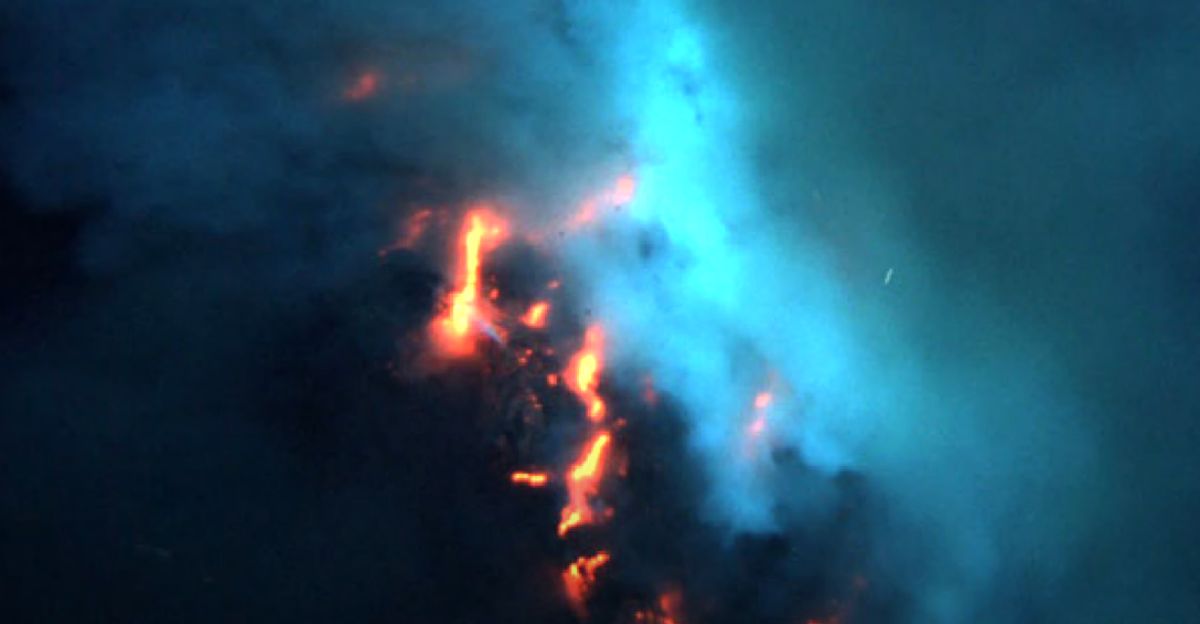
Researchers are remaining vigilant as Axial Seamount prepares for its next eruptions. The eruption is expected to occur before the end of 2025, but scientists are unable to predict the exact timing.
They hope to capture the eruption in real time. Gathering data will refine their models and perhaps allow for even more accurate predictions in the future. For now, everyone is just waiting for the next eruption, wondering what scientists will learn from it.
The Deep’s Lasting Impact

Though we can’t see it, Axial Seamount’s eruptions have significant effects. They create new seafloor, shape healthy and vibrant marine ecosystems, and reveal the dynamic processes that drive our planet.
Each new event reveals more about our planet, reminding us that even in the darkest oceans, powerful forces are at work. We might not know when exactly the next eruption will occur, but we are waiting in anticipation, excited for what scientists will find.
Explore more of our trending stories and hit Follow to keep them coming to your feed!

Don’t miss out on more stories like this! Hit the Follow button at the top of this article to stay updated with the latest news. Share your thoughts in the comments—we’d love to hear from you!







